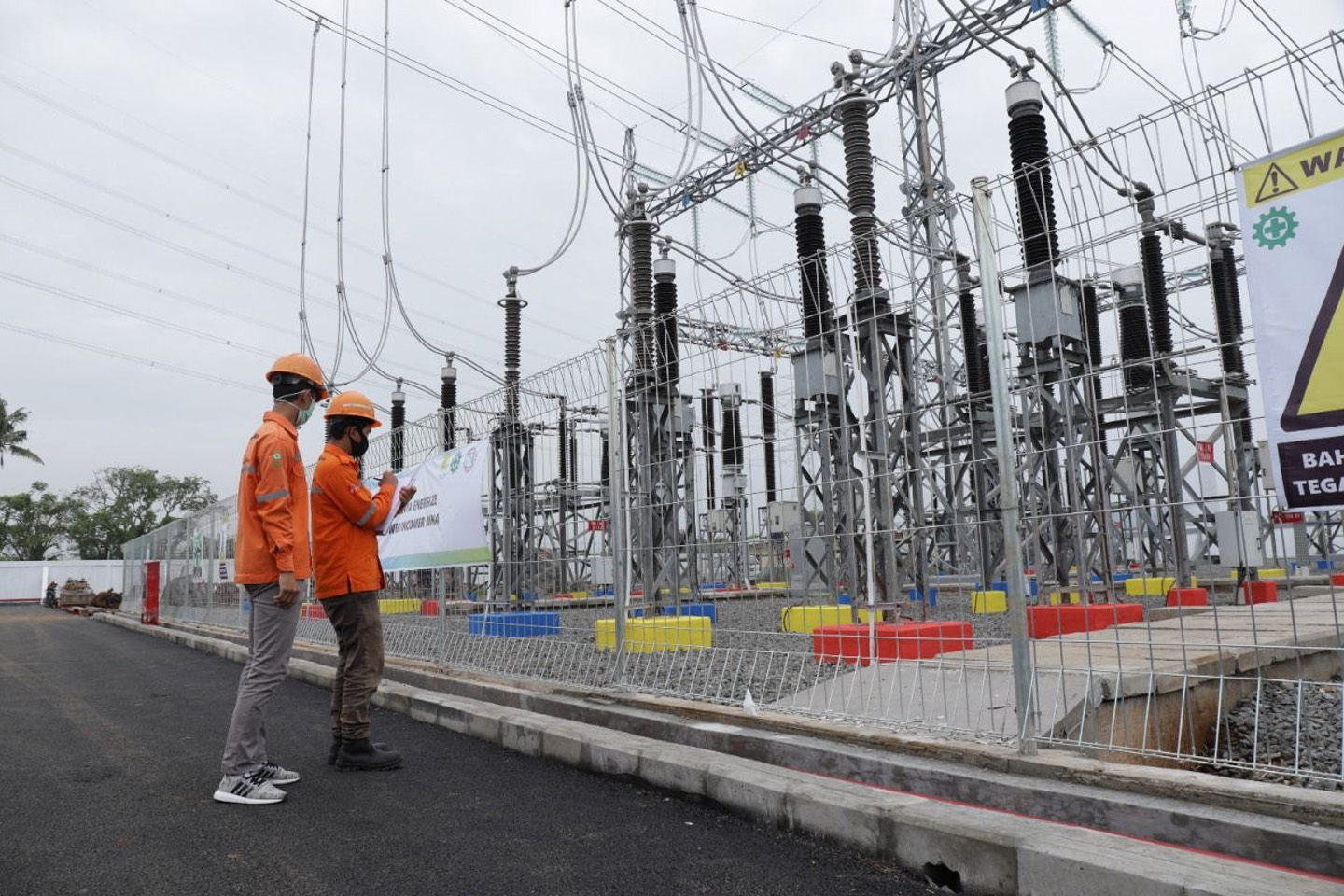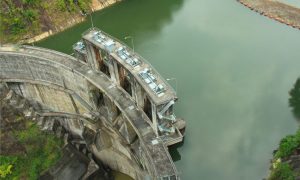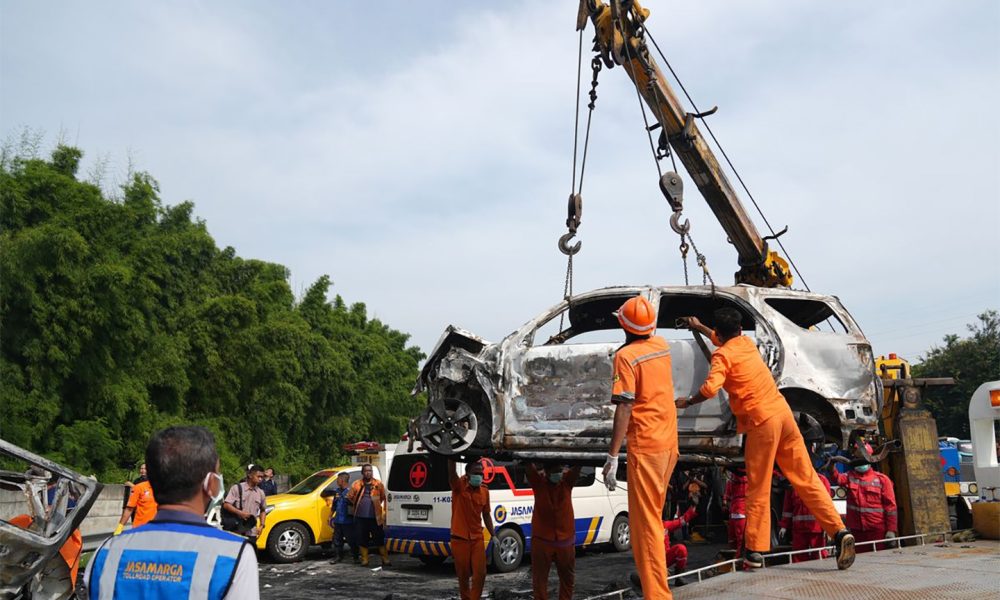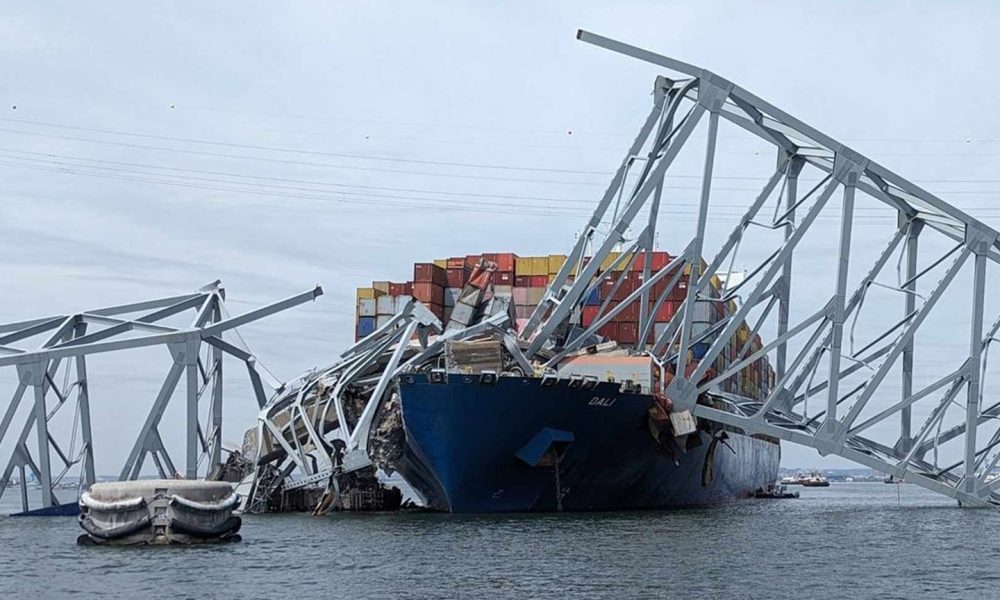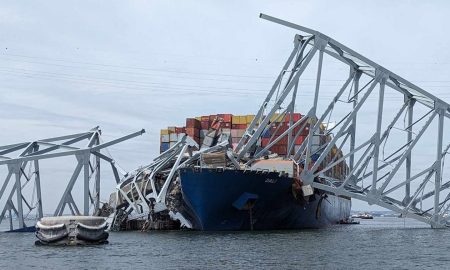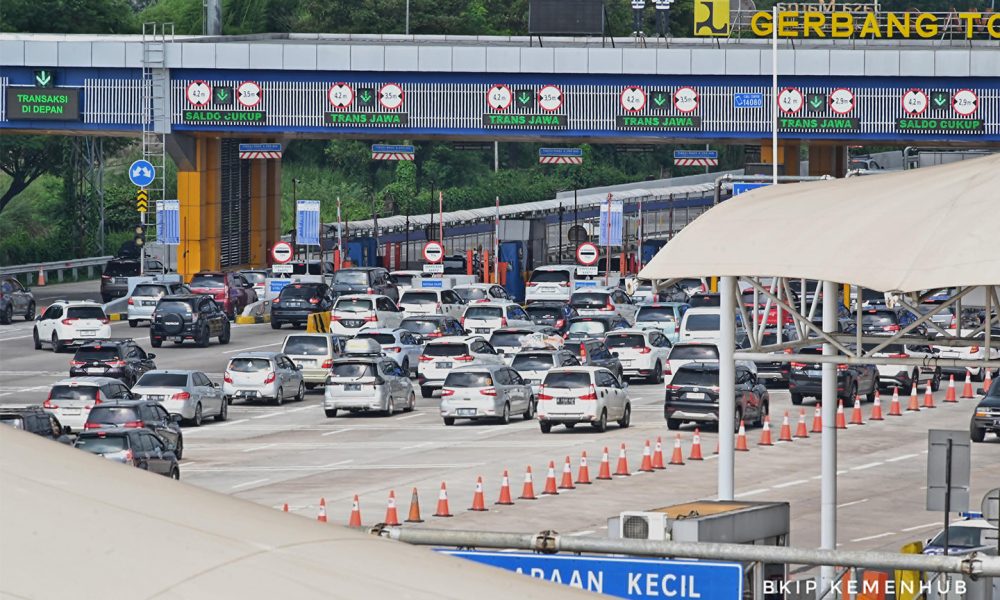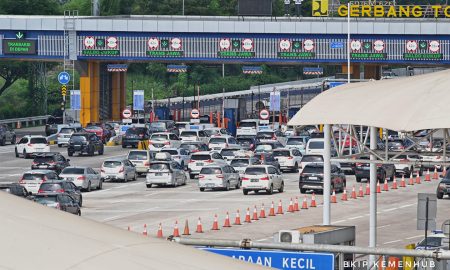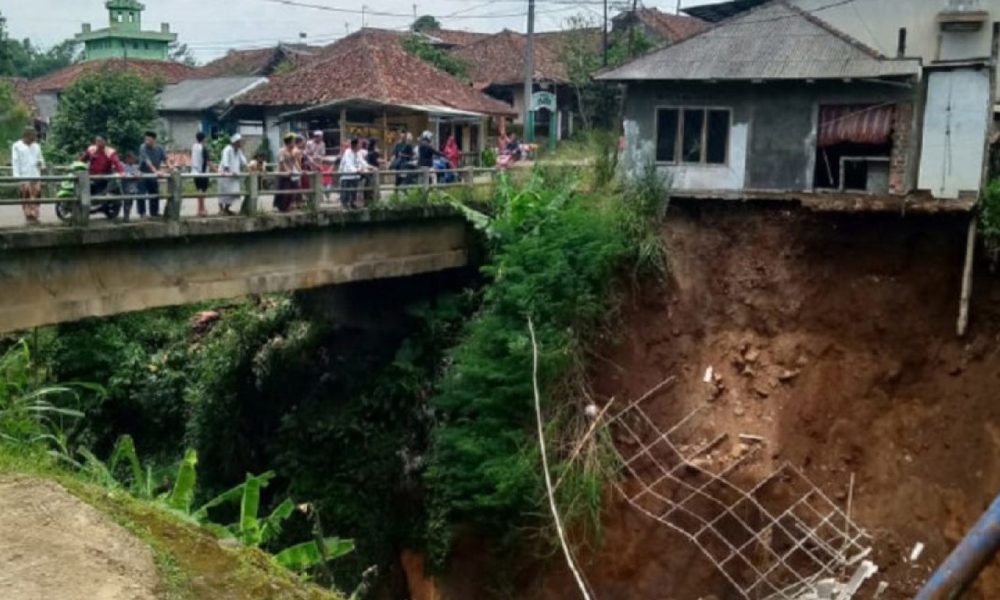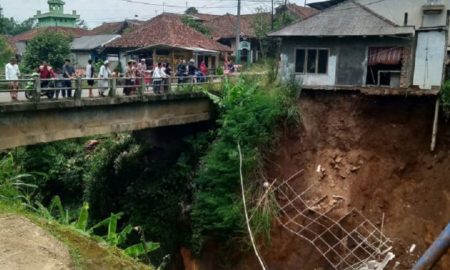Liga Asuransi – Dear risk takes, how are you? I hope your business is running well.
As you know that in this blog, we are focusing on risk management and insurance. This time we will explore the risks and insurance of the need for electricity supply in Batam.
Batam, a thriving Indonesian island just a short distance from Singapore, has emerged as a key player in Southeast Asia’s economic landscape. Batam has witnessed rapid growth and development in recent years with its strategic location and booming industries. However, one crucial requirement must be urgently addressed as we enter the future: a reliable and sustainable electrical power supply. This article will explore the significance of an efficient electrical infrastructure for Batam’s future and discuss the factors contributing to this pressing issue.
Fueling Economic Growth
Batam’s economic growth has been primarily driven by its industrial sector, including manufacturing, electronics, and shipbuilding. These sectors depend on a steady and uninterrupted power supply to operate at total capacity. Insufficient electrical infrastructure can lead to frequent outages, hampering production, causing delays, and impacting the overall economy. By ensuring a robust electrical power supply, Batam can attract more investment, encourage business expansion, and create employment opportunities for its growing population.
Meeting Increasing Energy Demand
As the population of Batam continues to rise, so does the electricity demand. In addition to supporting industrial activities, a reliable power supply is crucial for residential areas, commercial establishments, and public services. Access to electricity enhances the standard of living, facilitates educational institutions, and improves healthcare services. To meet the increasing energy demands of today and the future, Batam must invest in expanding its electrical infrastructure.
Sustainable Energy Solutions
Addressing the need for an electrical power supply goes hand in hand with promoting sustainability. The world is shifting towards renewable energy sources, recognizing the importance of reducing carbon emissions and mitigating climate change.
Batam has the opportunity to lead the way by incorporating sustainable energy solutions in its power generation mix. Investing in solar, wind, and hydroelectric power can help reduce reliance on fossil fuels, decrease greenhouse gas emissions, and create a greener and more environmentally friendly future for the island.
Strengthening Infrastructure Resilience
The geographical location of Batam exposes it to various natural hazards, including storms, typhoons, and earthquakes. An efficient electrical infrastructure is essential for ensuring resilience during such events. Modern technologies like smart grids and microgrids can improve the island’s ability to withstand and recover from power disruptions. These systems can identify faults, reroute power, and enable prompt restoration, minimizing downtime and mitigating the impact of natural disasters.
Government Support and Collaborative Efforts
Addressing the electrical power supply issue requires a coordinated effort between the government, the private sector, and the community. The government must prioritize infrastructure development, formulate supportive policies, and allocate sufficient funds for upgrading and expanding the electrical grid. Collaboration with private investors and energy companies can bring in expertise, technology, and capital to accelerate progress. Additionally, raising awareness among citizens about the importance of energy conservation and responsible consumption can contribute to a more sustainable energy future.
THE ARRANGEMENT OF THE POWER SUPPLY IN BATAM
The power supply in Batam is primarily managed by PT PLN (Perusahaan Listrik Negara) known as PLN Batam, the state-owned electricity company in Indonesia. PLN operates and maintains the electrical grid infrastructure on the island, including power generation, transmission, and distribution. PLN is responsible for ensuring a reliable electricity supply to meet the needs of residential, commercial, and industrial consumers in Batam.
Regulation
The regulation of the power supply in Batam falls under the authority of the Indonesian government, specifically the Ministry of Energy and Mineral Resources. The ministry sets policies, regulations, and standards for the power sector, including licensing and tariff structures. PLN operates within the framework established by the government and must comply with regulations related to power generation, transmission, distribution, and pricing.
Installed Capacity
The installed capacity of the power supply in Batam has grown significantly in recent years to meet the increasing electricity demand. As of September 2021, Batam had a total installed capacity of approximately 900 megawatts (MW). This capacity was generated from various sources, including fossil fuels such as coal and natural gas and some renewable energy installations.
Growth of Needs
Batam’s electricity demand has steadily grown due to the island’s economic development and population expansion. The industrial sector, including the manufacturing, electronics, and shipbuilding industries, has been a significant driver of increased power consumption. Residential and commercial sectors also contribute to the growing energy needs. Batam’s rapid urbanization and infrastructure development have further fueled the electricity demand.
Future Power Supply Needs
Batam’s future power supply needs are expected to continue growing. The government and PLN recognize the importance of upgrading and expanding the electrical infrastructure to ensure a reliable and sustainable power supply. The future power supply needs will be influenced by population growth, industrial expansion, urban development, and the transition toward renewable energy sources. To meet these needs, it is crucial to invest in constructing new power plants, transmission lines, and distribution networks and promote the adoption of renewable energy technologies.
In recent years, there has been a growing emphasis on renewable energy in Indonesia’s energy policy. This shift towards cleaner and more sustainable power sources is also expected to shape Batam’s future power supply needs. Incorporating solar, wind, and hydroelectric power into the energy mix can help diversify the sources of electricity and reduce dependence on fossil fuels.
The need for Independent Power Plant (IPP)
Collaboration between the government, PLN, private investors, and energy companies is essential to address future power supply needs. Implementing effective planning, regulatory frameworks, and investment strategies is essential to ensure that Batam has a robust and sustainable power supply infrastructure to support its economic growth, meet the increasing energy demands, and contribute to a greener and more environmentally friendly future.
IPPs, when strategically located, can improve the reliability and quality of power supply in Batam. By reducing transmission distances and losses, localized power generation can minimize the risk of disruptions caused by transmission line failures or natural disasters. IPPs can also be designed with modern technologies and control systems, enabling efficient and responsive power delivery, voltage stability, and grid resilience.
Establishing Independent Power Plants (IPPs) in Batam is crucial to address the growing electricity demand, diversifying the energy mix, improve energy security, and promote sustainable development. By attracting investments, utilizing advanced technologies, and reducing dependency on external sources, IPPs can contribute to a reliable, efficient, and environmentally responsible power supply for Batam’s continued growth and prosperity.
UNDERSTANDING THE RISKS OF POWER SUPPLY IN BATAM
Like any other industry, the power supply industry in Batam faces certain financial and physical risks. Here are some of the critical risks associated with the power supply industry in Batam:
Financial Risks
- Cost Fluctuations: The power supply industry is subject to fluctuating fuel costs and other inputs. Changes in fuel prices, such as coal or natural gas, can significantly impact the operational expenses of power plants and subsequently affect electricity tariffs.
- Financial Viability: The financial viability of power generation and distribution projects depends on factors such as investment costs, debt financing, revenue collection, and tariff structures. Inadequate financial planning or unsustainable business models can threaten the industry’s long-term sustainability.
- Regulatory Changes: Changes in government policies, regulations, or subsidy schemes can introduce uncertainty and impact the financial viability of power supply projects. Alterations in tariff structures or renewable energy incentives, for example, may influence the revenue streams and profitability of the industry.
Physical Risks
- Natural Disasters: Batam is in a region prone to natural disasters such as storms, typhoons, and earthquakes. These events can cause physical damage to power generation, transmission, and distribution infrastructure, leading to disruptions in the power supply.
- Climate Change: The effects of climate change, such as rising sea levels and extreme weather events, can pose risks to the power supply industry in Batam. Floods, storms, or heatwaves can damage infrastructure, affect transmission lines, and disrupt power delivery.
- Equipment Failure: The power supply industry relies on complex machinery and equipment, including power plants, transformers, and transmission lines. Equipment failure due to aging, inadequate maintenance, or technical issues can result in power outages and service disruptions.
Operational Risks:
- Operational Efficiency: Inefficient operational practices, such as suboptimal maintenance schedules or inadequate monitoring systems, can impact the reliability and efficiency of the power supply. This may lead to increased downtime, decreased customer satisfaction, and higher costs.
- Supply and Demand Mismatch: Balancing supply and demand is crucial in the power supply industry. Inaccurate demand forecasts or insufficient capacity planning can result in under or overproduction of electricity, affecting grid stability and potentially leading to blackouts or excess capacity issues.
Cybersecurity Risks:
- With the increasing digitization and reliance on technology in the power sector, there is a growing risk of cyberattacks targeting critical infrastructure. Breaches in cybersecurity can disrupt operations, compromise data integrity, and potentially impact the power supply’s reliability and security.
To mitigate these risks, the power supply industry in Batam needs robust risk management strategies, including comprehensive financial planning, investment in resilient infrastructure, disaster preparedness, regular maintenance and monitoring protocols, adherence to regulatory requirements, and implementation of cybersecurity measures. Collaboration between government entities, power companies, insurance brokers, and relevant stakeholders is essential to effectively address and manage these risks.
WHAT ARE THE INSURANCE TYPES NEEDED FOR THE POWER SUPPLY INDUSTRY IN BATAM?
The power supply industry in Batam may require several types of insurance coverage to protect against various risks and potential liabilities. Here are some key types of insurance that are typically relevant to the power supply industry:
- Property Insurance
Coverage for physical assets, including power plants, substations, transmission lines, and other infrastructure, against damage or loss caused by perils like fire, natural disasters, vandalism, or equipment failure.
- Business Interruption Insurance
Provides coverage for financial losses resulting from disruptions in power generation or distribution operations, such as outages caused by equipment breakdowns, natural disasters, or other covered events. It compensates for lost revenue, additional expenses, and profit losses during the interruption period.
General Liability Insurance: Protects against third-party bodily injury, property damage, or personal injury claims arising from the power supply operations. It covers legal defense costs, settlement, or judgment expenses.
- Professional Liability Insurance
Covers errors, omissions, or negligence in the power supply industry’s professional services provided by engineers, technicians, or consultants. It offers protection against claims for financial losses or damages due to professional mistakes or failures.
- Environmental Liability Insurance
Addresses potential environmental risks associated with power generation activities. It covers cleanup costs, legal expenses, and third-party claims related to pollution, contamination, or environmental damage.
- Workers’ Compensation Insurance
Provides coverage for work-related injuries, illnesses, or disabilities suffered by employees in the power supply industry. It compensates for medical expenses, lost wages, rehabilitation, and other related costs. Workers’ compensation insurance is typically mandatory and helps protect employees and employers.
- Cybersecurity Insurance
Given the increasing cybersecurity risks, power supply companies may opt for cybersecurity insurance. This coverage helps mitigate financial losses, liability, and expenses associated with data breaches, cyber-attacks, or system disruptions affecting critical infrastructure.
- Directors and Officers (D&O) Insurance
Offers coverage for the directors and officers of power supply companies against legal actions or claims arising from their management decisions or actions. It protects personal assets and covers legal defense costs, settlements, or judgments.
- Marine Insurance
Suppose the power supply industry involves marine transportation of equipment, fuel, or other goods. Marine insurance can protect against loss or damage during transit, including coverage for marine cargo and vessel operations.
Power supply companies in Batam must consult insurance brokers and consider their specific operational risks and requirements to determine the most appropriate insurance coverage for their business. The coverage needs may vary depending on the company’s size, particular activities, contractual obligations, and regulatory requirements.
WHY FOR THE POWER SUPPLY INDUSTRY INSURANCE NEED THE SERVICE OF A LICENSED INSURANCE BROKER?
Engaging the services of a licensed insurance broker is beneficial for the power supply industry when obtaining insurance coverage for several reasons:
- Expertise and Knowledge
Licensed insurance brokers possess in-depth knowledge of the insurance market, policies, coverage options, and industry-specific requirements. They understand the complexities of the power supply industry and can provide valuable insights and advice on appropriate insurance solutions. Brokers stay updated with the latest insurance products, regulations, and market trends, allowing them to recommend suitable coverage tailored to the specific needs of power supply companies.
- Access to Multiple Insurance Options
Insurance brokers can access a vast network of insurance providers and obtain quotes and coverage options from various insurers. Power supply companies can compare policies, terms, and premiums to secure the most comprehensive and cost-effective coverage. Brokers can leverage their relationships with insurers to negotiate favorable terms and conditions on behalf of their clients.
- Customized Risk Assessment and Coverage Design
Insurance brokers typically thoroughly assess a power supply company’s operations, assets, and potential liabilities. Based on this assessment, they can help identify specific risks and design insurance programs that address the unique needs and exposures of the industry. Brokers can customize coverage limits, deductibles, and policy endorsements to align with the power supply company’s risk profile and risk tolerance.
- Claims Assistance and Advocacy
In the event of a claim, insurance brokers act as intermediaries between the insured party and the insurance company. They assist in the claims process, providing guidance, documentation support, and advocating for fair and timely claim settlements. Brokers can help navigate complex claims procedures, ensuring that the power supply company receives the compensation they are entitled to under their insurance policy.
- Ongoing Policy Management
Insurance brokers provide ongoing policy management services, including renewals, endorsements, and updates. They monitor changes in the power supply industry, regulatory requirements, and emerging risks, ensuring that the insurance coverage remains relevant and adequate over time. Brokers help review policy terms and conditions, advise on adjustments as business needs evolve, and help keep the insurance portfolio current.
- Compliance and Risk Mitigation
Insurance brokers assist power supply companies in understanding and complying with insurance regulations and contractual obligations. They help ensure the coverage meets legal requirements and contractual obligations with stakeholders such as lenders, investors, or partners. By providing comprehensive coverage and risk mitigation strategies, brokers help protect the financial well-being and reputation of the power supply company.
CONCLUSION
As Batam grows and develops, ensuring a reliable and sustainable power supply becomes paramount. Collaboration between PT PLN Batam, the government, private investors, and energy companies is vital to address the increasing electricity demands. Robust risk management, compliance with regulations, and proper insurance coverage can safeguard the industry against financial and physical risks, enabling Batam’s power supply sector to thrive in the face of future challenges and contribute to a greener and brighter tomorrow.
L&G Insurance Broker, a leading broker in energy risk in Indonesia, presents this article.
For all your insurance needs, please call L&G now!
—
LOOKING FOR INSURANCE PRODUCTS? DON’T WASTE YOUR TIME AND CONTACT US RIGHT NOW
L&G HOTLINE 24 HOURS: 0811-8507-773 (CALL – WHATSAPP – SMS)
website: lngrisk.co.id
E-mail: customer.support@lngrisk.co.id
—



